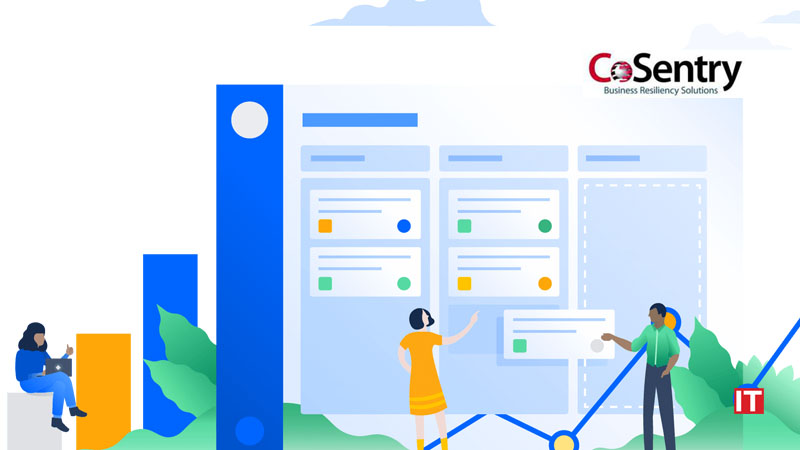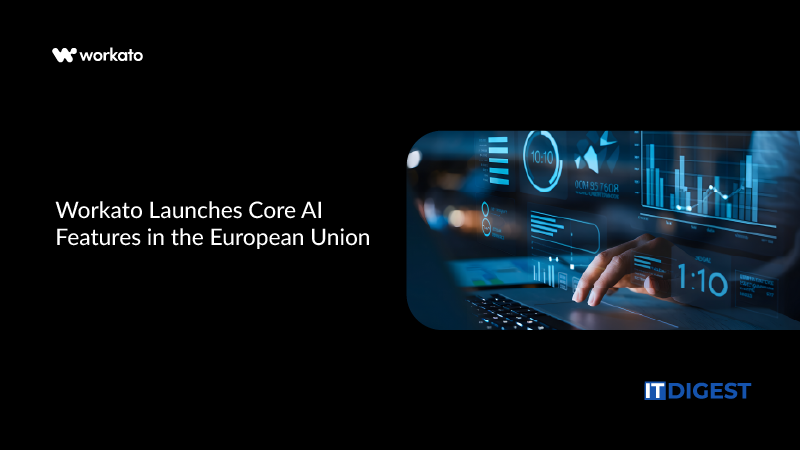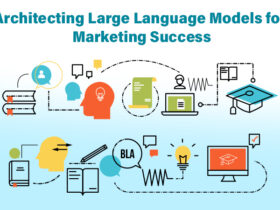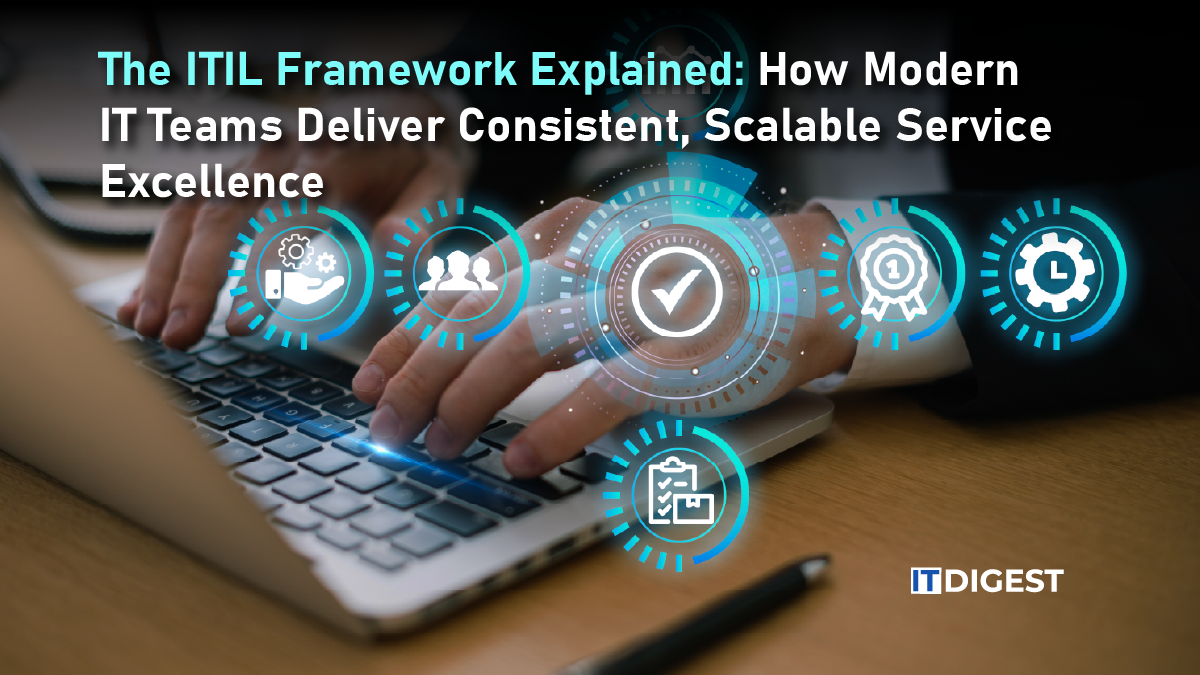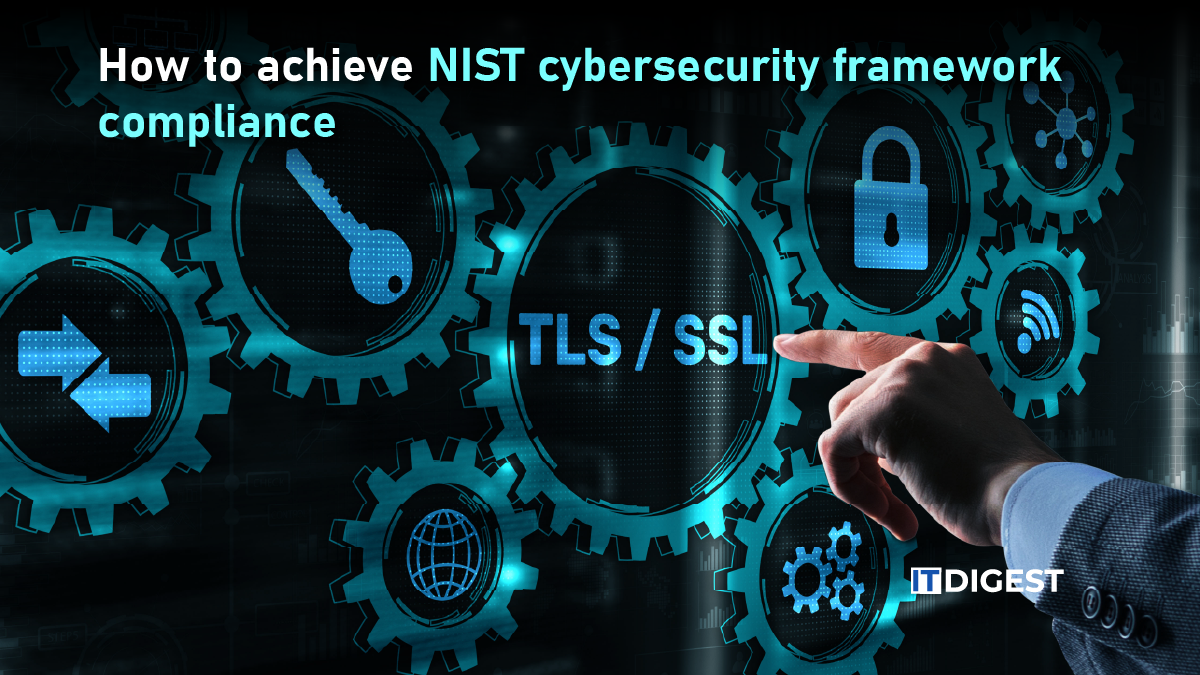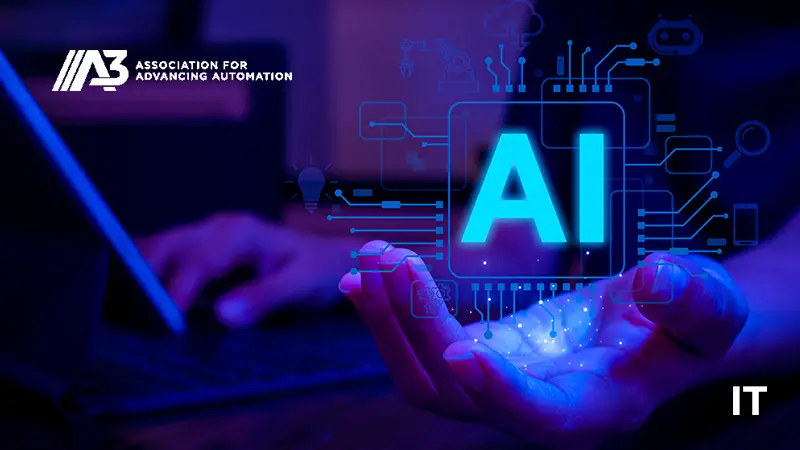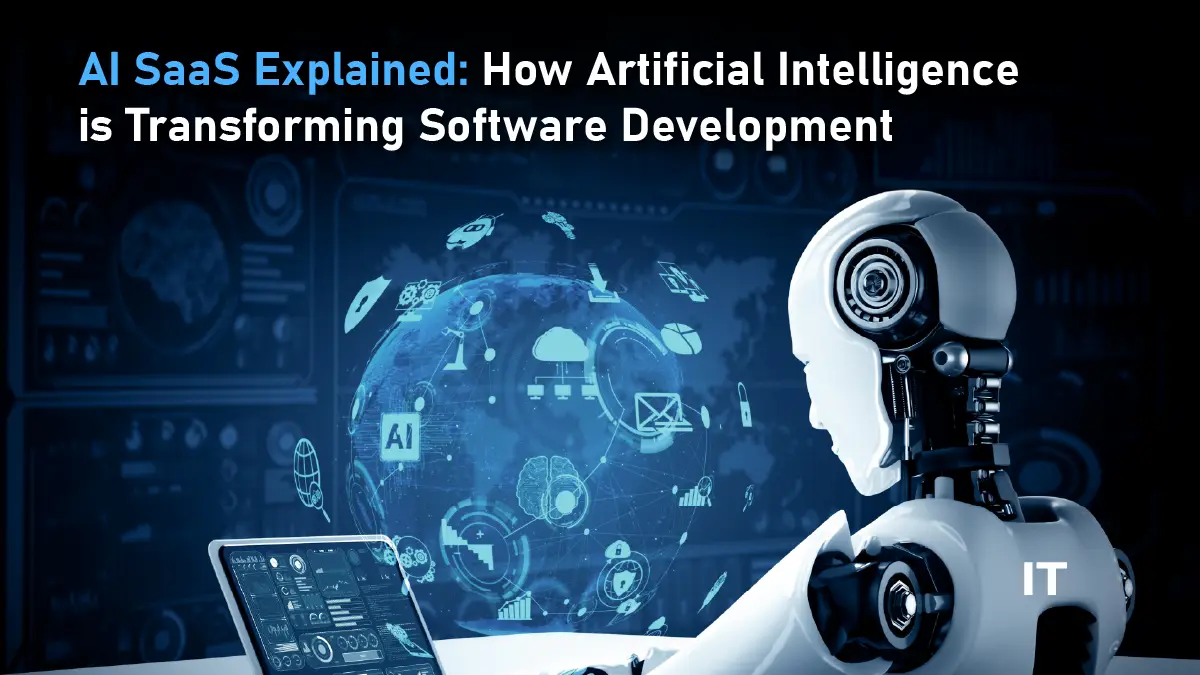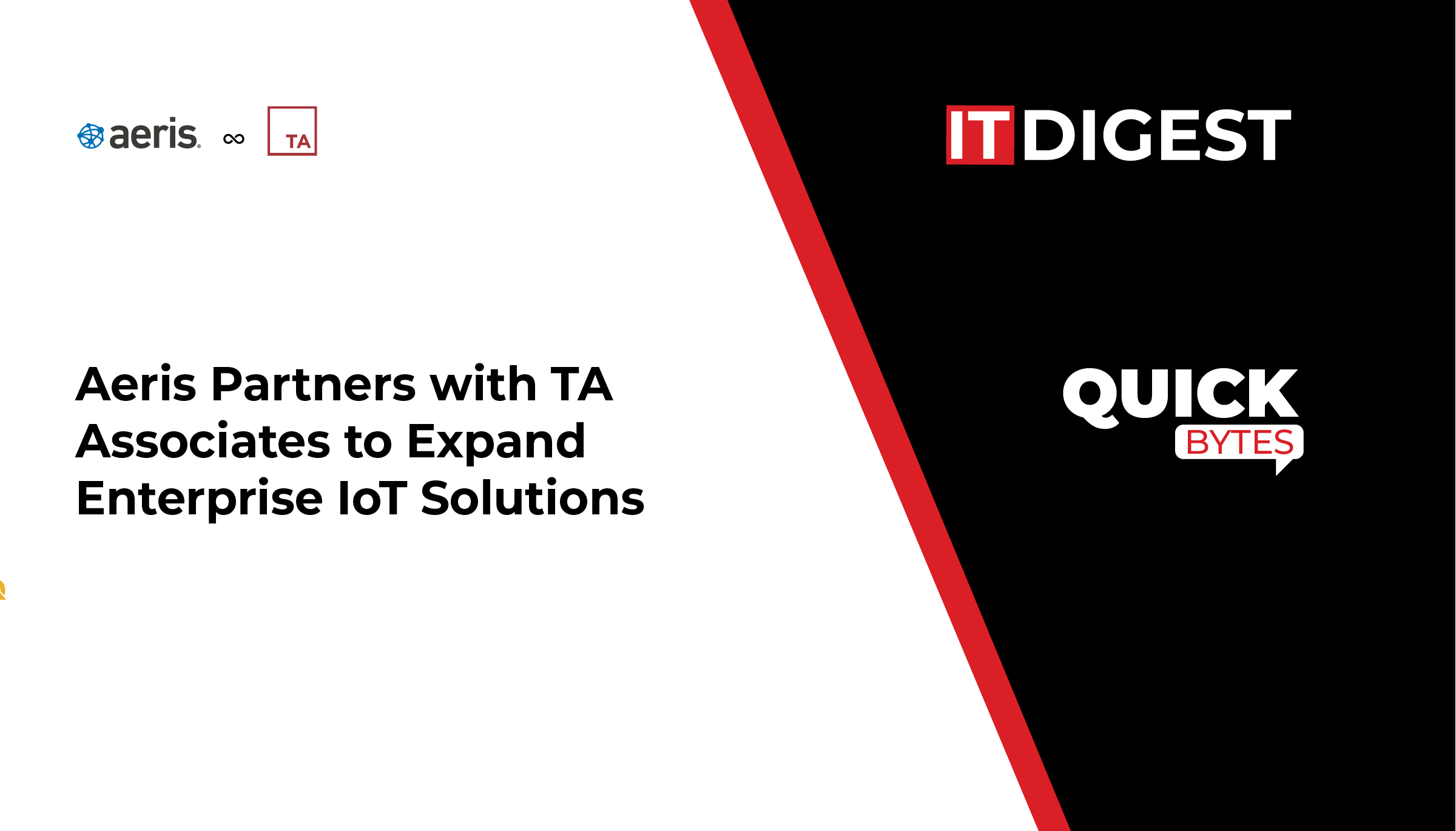Whether your organization is new or established, you are aware that managing a SaaS business is challenging. From maintaining user satisfaction and lowering customer attrition to growing without exhausting your staff, you have a lot to do. You have a lot on your plate, especially with a solid competitor in the market.
Imagine now that you have a smart assistant that is always available. It expedites your assistance, provides useful insights, and aids in understanding the needs of your users. It makes it simpler to find and address bugs. Additionally, it improves your marketing efforts without putting your personnel through more work.
You seem to have won the lottery. But in reality, it’s AI SaaS’s strength. 70% of SaaS businesses are incorporating AI and machine learning into their solutions, claims Gitnux. Even better, 78% of them stated that their ROI was positive in the first year. It isn’t simply hype. That is a tangible, quantifiable effect of generative AI techniques.
You have a lot of questions still, no doubt. Let’s discuss the reasons why businesses use AI in SaaS in this post, along with the advantages of using this approach.
Understanding AI SaaS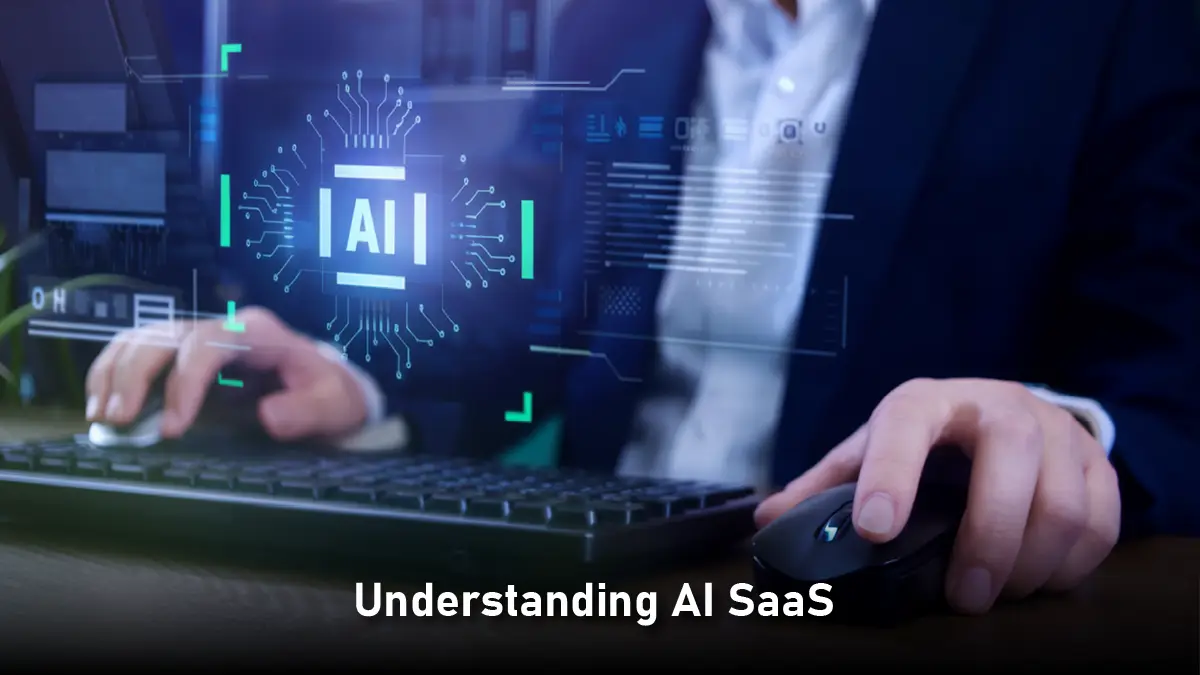
Let’s briefly describe SaaS and AI before describing SaaS AI. Then, we’ll examine what happens when they are combined.
Using software online rather than installing it on your device is known as software as a service, or SaaS. It’s similar to streaming a film rather than purchasing a DVD. All you need to do is pay a subscription fee and log in using your browser to get started. SaaS is adaptable, simple to scale, and provides businesses with consistent revenue over time.
Computers can learn to think like people thanks to artificial intelligence, or AI. It enables self-improvement, problem-solving, and learning in machines. Everyday tools like chatbots, virtual assistants, and image-recognition software are powered by machine learning. Thus, your technology is getting more intelligent and practical.
SaaS software gets significantly smarter when AI is incorporated. AI SaaS automates processes, gathers insights from data, and customizes your experience. In a nutshell, AI systems speed up and improve SaaS applications.
Also Read: Training AI Locally: The Rise of Sovereign AI Infrastructure
The Top 5 Advantages of SaaS AI
Now that you are aware of the market conditions, you are likely interested in what AI in SaaS may provide. Here is a list of advantages of AI SaaS:
1. Customization
The needs of each of your clients are distinct. Serving each of them in a way that feels intimate is the difficult part.
AI tools enable this. Whether it’s making playlist recommendations in a streaming service or proposing meals in a food delivery app, they assist SaaS platforms in analyzing user behavior and preferences to provide personalized experiences. The outcome of SaaS for AI? Better retention, happier users, and all of this is automated by machine learning.
2. 24/7 chatbot client service
Undoubtedly, an influx of client inquiries might overwhelm your staff. It’s simply not possible to respond to everyone quickly enough at times. As a result, some clients become frustrated or perplexed.
Chatbots with AI capabilities can quickly respond to frequently asked questions and resolve typical problems with SaaS applications. You don’t have to wait. This keeps your consumers satisfied and gives your team more time to deal with the difficult situations.
3. Predictive Engagement
AI algorithms can identify the warning indicators early on if people cease using your app. You may take action before people leave by using predictive analytics to determine why they lose interest.
To get them back, you can give them a discount, a useful suggestion, or a customized message. You can increase retention and sustain user engagement using AI SaaS.
4. Data-driven, more intelligent marketing
AI SaaS improves the intelligence of your marketing. AI takes into account what your clients do rather than speculating about what might work. It locates possible customers by classifying them according to user behavior.
It also enables you to make effective use of your advertising budget and displays the most important content. Better outcomes, more sales, and more income will follow.
5. AI-driven suggestions
AI functions within your product as a smart assistant. It leads users through the following stages after learning how they interact with your platform. From advanced features to onboarding advice, AI makes sure users get the most out of your tool.
This type of instruction facilitates the use of your goods. It clears up misunderstandings and motivates users to experiment with more functionalities. Better user experience, more engagement, and more robust product uptake are the outcomes.
Thus, AI SaaS is a wise business solution that offers numerous advantages. If you want to increase customer traffic and improve the value of your product, implementing AI will be your best bet.
Difficulties with AI SaaS
AI in SaaS has many uses and advantages, but it can also hinder companies. The primary cause? A lot of businesses aren’t really ready for the difficulties that come with putting artificial intelligence into practice. What potential roadblocks can hinder your SaaS firm, and how can you get around them?
Risk is one of the main issues. When SaaS firms include AI into their systems, they frequently have no idea what problems they would encounter. Sometimes it’s unclear how it comes to certain conclusions. Particularly in high-stakes sectors like finance or transportation, this lack of openness can be dangerous.
In order to handle this, strive for clear, explicable AI models that facilitate comprehension and increase confidence in the results.
The issue of bias in AI models presents another difficulty. Your AI may choose biased courses of action if it is trained on biased data. Unfair results can hurt actual people and ruin your brand, which is a major issue in sectors like finance and insurance.
Fix? Test your models for bias on a regular basis and retrain them using more accurate and varied data. Make sure your AI development approach incorporates fairness.
Another important consideration is data privacy, particularly when working with sensitive data.
Maintaining user trust requires protecting personal information. Make sure you abide by all privacy regulations and provide a clear explanation of how you gather, store, and use data in order to accomplish this. To protect the data, use robust encryption and anonymization techniques.
Future of AI SaaS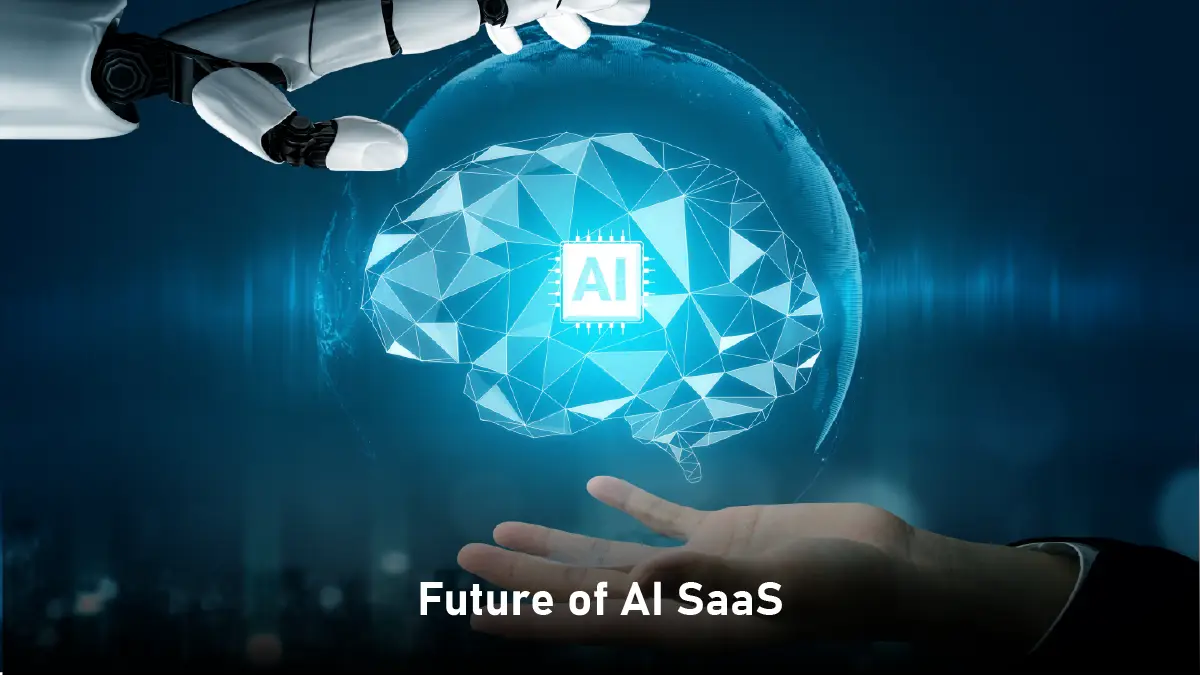
As more and more businesses use artificial intelligence, the AI SaaS industry will have a very promising future. AI is being used by well-known companies like Oracle and Microsoft to reach more consumers and target the right individuals at the right time.
Random product recommendations are no longer effective. AI and predictive analytics are used by businesses such as Amazon to know what customers want before they even search for it. In actuality, the competition is intense, and you run the risk of slipping behind if you don’t stay up.
AI enables you to provide the tailored experiences that today’s users want. AI integration into your SaaS is now required if you want to expand and remain relevant. It’s the right thing to do for your company. Numerous AI SaaS businesses are already adjusting to this change. According to a Tech Jury poll, 42% of SaaS companies are preparing for AI SaaS projects in the near future, while 35% of SaaS companies have already deployed AI.
Final Thoughts
AI SaaS is transforming the way businesses operate. It brings speed, efficiency, and smarter decision-making into everyday tools. Automating processes, improving customer experiences, and enabling better insights help companies stay ahead in a competitive market. While challenges like data privacy and integration exist, they can be managed with the right strategies. Businesses that embrace AI SaaS today will be better prepared for the future, while those that delay risk falling behind.



